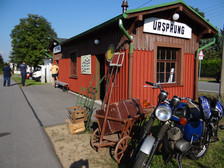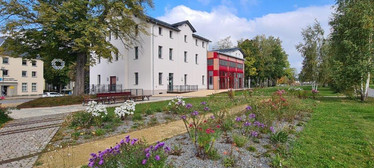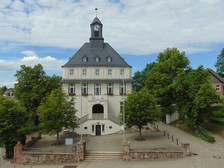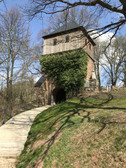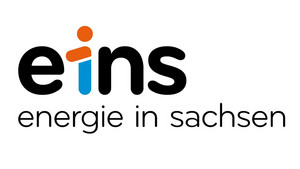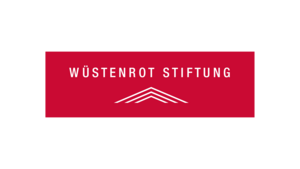Lugau is located in the north-west of the Erzgebirgskreis district and is a small town with a current population of around 7,800, which also includes the village-like districts of Erlbach-Kirchberg, Neukirchberg and Ursprung. Founded in the 12th century and first mentioned in 1438, Lugau remained a poor village for a long time until coal was discovered here in the middle of the 19th century - the birth of the Lugau-Oelsnitz coalfield, which supplied the surrounding industry with Saxony's "black diamonds". The imposing town hall and the "Villa Facius", once a trading house for special items for the mining industry and regional products, and now a cultural centre with a municipal library, gallery, municipal museum and cultural courtyard, are some of the buildings that bear witness to this period. The former railway station site, on the other hand, has been and is being transformed into a new "green centre" for the town with a public leisure and recreation area.
Recreation can also be found at the Steegenwald public swimming pool and in the surrounding area of Lugau, for example on the cross-town "Steinkohlenweg", a network of hiking, cycling and riding trails. The "Kohlenbahnradweg" on the former coal mining railway tracks is a growing footpath and cycle path that currently extends as far as the Mittelbach district of Chemnitz. The "Mining nature trail" leads to 43 different traditional sites where mines existed and provides an insight into the Lugau-Oelsnitz mining district. International motocross events are held annually on the Lugau "Glück Auf" race track.
Annaberger Impuls I: Wood
Kunst- und Skulpturenweg PURPLE PATH
The artworks of Annaberger Impuls II: Wood were inaugurated on 12 April 2025 as part of the opening weekend of the PURPLE PATH in Lugau.
